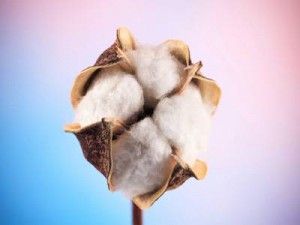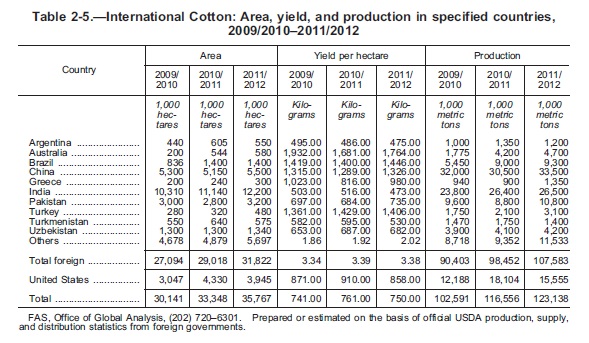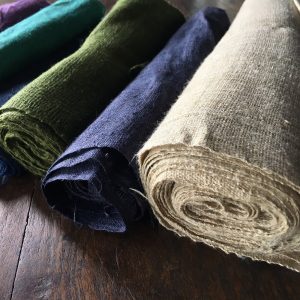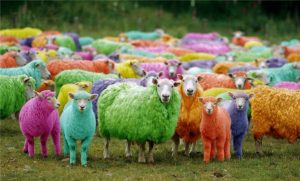The sustainability of organic cotton and GM cotton – Part 1 of 2
Cotton
 Cotton is one of the world’s most important natural fibres. It’s used by nearly everyone on earth every day, and supports 250 million people’s livelihoods. It’s a renewable natural resource, but only if we manage it responsibly.
Cotton is one of the world’s most important natural fibres. It’s used by nearly everyone on earth every day, and supports 250 million people’s livelihoods. It’s a renewable natural resource, but only if we manage it responsibly.
Cotton is by far the largest natural fibre based on a renewable resource used for textiles. Roughly 40% of all textile fibres are made of cotton or cotton blends.
Today, the largest cotton growing nations are China, India, USA and Pakistan (see table). Cotton is one of the most important agricultural commodities.
The largest cotton consumer is by far China 45.5 mio bales, followed by India (19.5), Pakistan (10.3) and Turkey (5.3), reflecting the strength of the textile industry in these countries[1].
 Cotton production is also affected by competition for acres, especially in the Midwest of the USA between corn and soybeans. While corn is diverted to ethanol distillation, fewer acres have been allocated to soybean and cotton.
Cotton production is also affected by competition for acres, especially in the Midwest of the USA between corn and soybeans. While corn is diverted to ethanol distillation, fewer acres have been allocated to soybean and cotton.
Due to the subtle balance of supply and demand, prices have been highly volatile in recent years. Especially in 2010/2011 sky rocket high prices have been experienced, despite weak global economy.
To read the full article, please login. The full content of this article and all premium articles is available exclusively for site members.
Site membership is free. If you are an existing user, please login. New users may register below.



